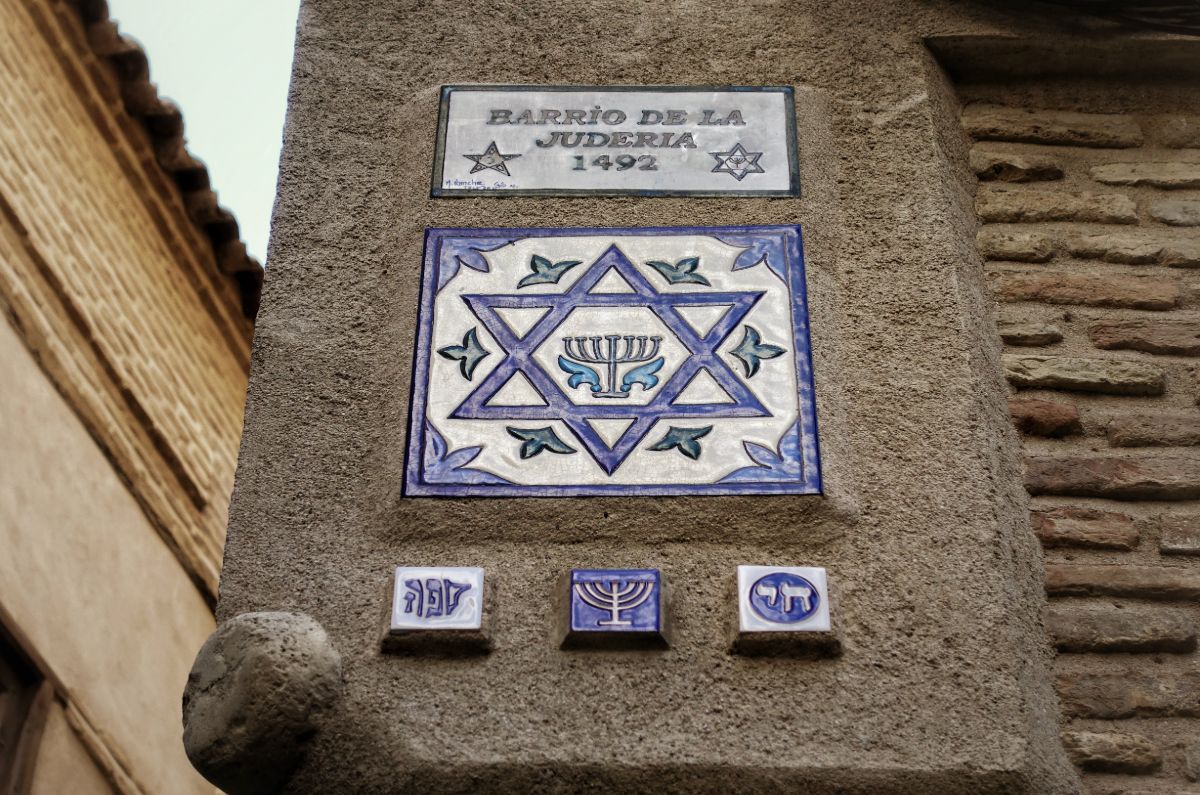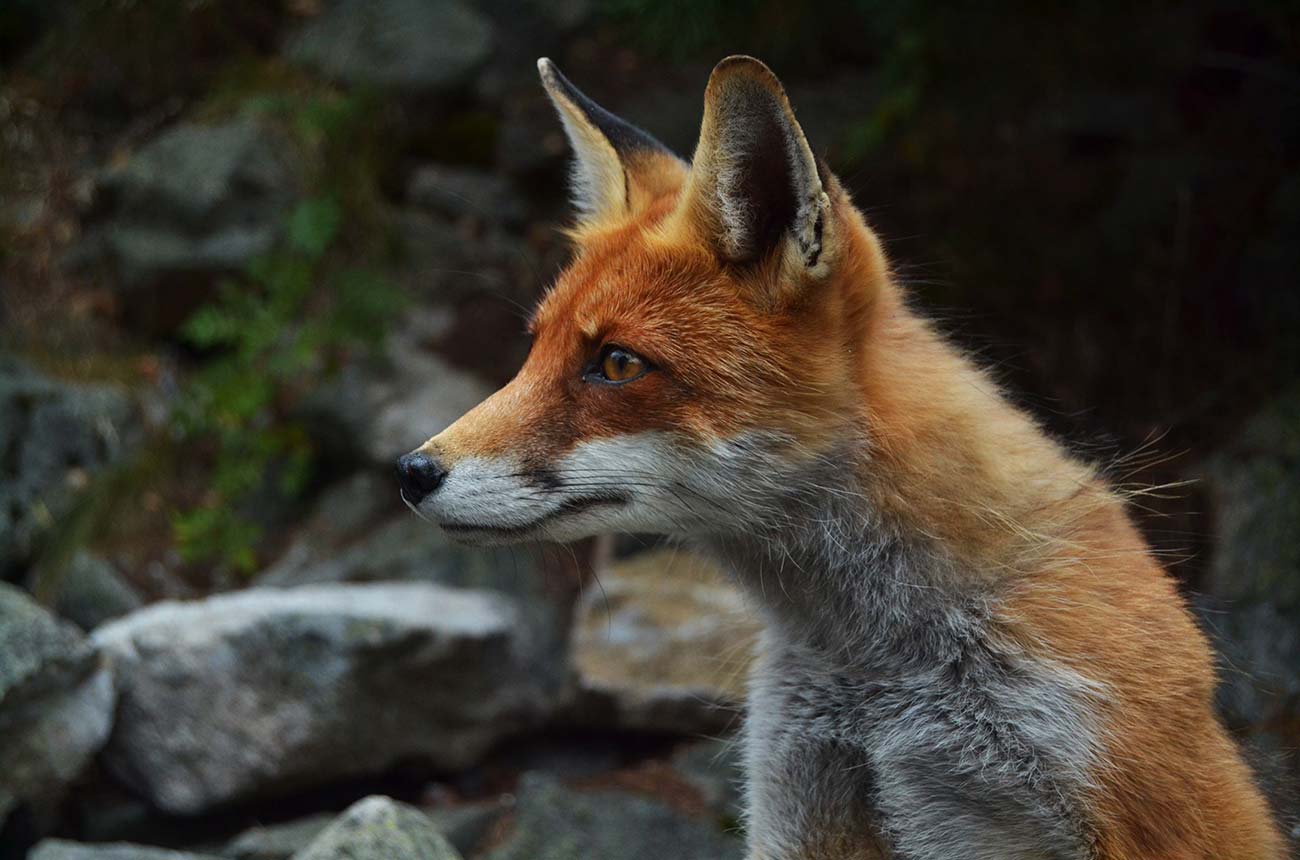Come with us for an experience in which we will discover the history of a Jewish community living in Muslim Spain according to the Christian Kingdom of Spain, until the expulsion of Spain in 1492. Its glory peaked in the centuries to the 13th, in a period called the Golden Age, a period that marked its cultural and economic flourishing. Come and discover the countries, where there is a fascinating combination of cultures, architecture and art that drew their origins from both worlds: Muslim and Christian.



We will arrive in Madrid in daytime, check into the hotel and have time to rest.
We will take an afternoon \ evening tour by visiting the main city sites, including the Royal Palace, El Retiro Park, Paseo de la Castellana, Plaza de España and Puerta del Sol.
Welcome dinner .
Overnight: Madrid.


Leaving Madrid we will head for Toledo and start our walking tour in the Toledo Alcazar, a fortress built in the 3rd century at the highest point in Toledo, overlooking the city. Another building that dominates the skyline is the cathedral, which has an impressive art section, featuring artists such as Goya, El Greco, Raphael and Rubens.
We will continue on foot to the Jewish part of the old town and begin to understand why Toledo has also been named “The Jerusalem of Spain”. A large Jewish community lived in Toledo and many Jewish sages were active there.
We will visit two ancient synagogues - Sinagoga de Santa María La Blanca and El Tránsito. We will also visit the fascinating Jewish museum - Museo Sefardi - featuring unique items from Spain’s Jewish history from as early as the 5th century. A moving collection of Jewish tombstones is particularly noteworthy.
On our way to Cordoba we’ll make a stop at Consuegra, a town in the La Mancha region, and see the windmills reminiscent of Don Quixote – one of the world's best known fictional characters, conceived by the famous Spanish author Cervantes. His story takes place in this area and we can easily imagine Sancho Panza trying to convince Don Quixote that he’s seeing windmills rather than threatening giants.
We will reach Cordoba in the evening and go on a magical introductory tour in the old town of Cordoba.
Overnight: Cordoba.


The city was the capital of the Muslim Caliphate in the 8-10th centuries. We will enter the old town via the Roman Bridge and tour its most famous site, La Mesquita, which over time became an impressive cathedral. The Muslim style building with its 600 pillars in the main hall is still impressive to this day.
In Cordoba, we will also visit the Jewish Quarter Juderia, the Maimonides Synagogue, one of the most ancient synagogues in Spain dating back to the 14th century. We will visit the Jewish Museum and take photos by the statue of Maimonides in Plaza de Tiberíades. Maimonides was born and raised in Cordoba. He was one of the greatest scholars of the time, a renaissance man and a physician who adhered to a rationalist philosophy articulated in his copious writings.
We will make a stop at Rabbi Judah Halevi Square and learn about this fascinating figure - a philosopher and poet who could write both liturgical and secular poetry with equal talent and ease. Although he lived in the west (Spain) for most of his life, his heart was always longing for the east (Jerusalem) and some say that toward the end of his life he managed to make his dream come true by traveling to and arriving in the Land of Israel.
We will then drive to Granada and stay there overnight.


We will begin our visit with an overview of the city from Albaicín and then visit the most famous site in Spain: Alhambra Palace - the architectural gem of the Muslim period. We will visit the palace and see the Court of the Lions, the Palacio de Generalife and its Gardens. Adorned by numerous gardens and fountains, it served as the summer palace of the rulers of Granada at the time. This visit is undoubtedly one of the highlights of the journey to Spain. Alongside the beauty of the palace and the gardens, this place is associated with a painful memory for Jews: here, in the ambassadors’ hall, the Catholic Royals signed the order on the Expulsion of Jews from Spain in March 1492.
During our visit we’ll also focus on two prominent Jewish characters that lived and worked in Granada for most of their lives: Shmuel HaNagid, the Jewish commissioner who lived in the 10th century, who distinguished himself both as a soldier and great poet; and Jewish translator Samuel ibn Tibbon, who translated, among other things, The Guide for the Perplexed by Maimonides and whose statue in the center of Granada remains standing to this day.
When we return to Malaga you will have some free time. You can enjoy one of the beautiful Costa del Sol beaches.
After dinner, we will take a night tour in the old town of Malaga.
We will see the Roman Theater and the 11th century fortress La Alcazaba, considered the most secure palace of the Moors in Spain. We will see the statute of Jewish poet Solomon ibn Gabirol and read out his poetry which is still recited in the synagogues of the Jewish communities. We will also see the house in which Pablo Picasso was born.
Overnight : Malaga.


After breakfast we will head to Seville. En route we’ll stop at the town of Ronda Located 2,460 ft. above sea level, the town is the most well-known amongst The White Villages. The main attraction here is Puente Nuevo (the new bridge), stretching over the deep El Tajo canyon bisecting the town into two parts. Ronda is also famous for the tradition of bullfighting, which began in the town. The Bullfighting Museum documents the matador’s bravery and their equipment and costumes.
From Ronda, we will continue to Seville, a city featuring prominent characteristics of Andalusian culture. Its flamenco dancing is famous worldwide. It is also an economic and cultural center for the entire Andalusia region. The city is also known as the burial place of Christopher Columbus and the cathedral crypt. Later in the tour we will consider the question whether Columbus was a descendent of a Marrano family.
We will begin our tour in the old town of Seville and admire the Alcazar Palace built in the Mudéjar style, combining the Moorish and Christian motifs with later Renaissance additions. We will also visit the 15th century gothic cathedral, and see one of the city symbols - the Giralda bell tower. Its base dates back to the 12th century and in the Muslim era it boasted the tallest minaret in the world (319 ft.). We will see the General Archive of the Indies that describes the history of Spanish colonization of America and the Philippines.
We will pass by the 18th century tobacco factory, which was the inspiration for the opera "Carmen" and today is home to a university. We will continue from there to the Santa Cruz Quarter, one of the oldest in the city. That same district became the Jewish Quarter (Juderia) in the 14th century. We will visit the Jewish Museum that tells the story of the Jewish community of Seville and its tragic end.
From there we will go to the beautiful Plaza de España, one of the city symbols, designed for the Iberian-American Exposition of 1929.
We will end the day with a romantic cruise on the Guadalquivir River that crosses the entire city.
In the evening, we will have dinner and watch Flamenco show.
Overnight: Seville.


Today we begin the second part of our tour and enter Portugal.
In 1492 tens of thousands of Jews deported from Spain arrived in Portugal. They joined the existing Jewish community there, which furthered prosperity and success for most of its members. A considerable proportion of those Jews decided to settle in cities like Lisbon and Porto, while others opted for smaller towns and villages. But the prosperity the Jewish community in Portugal did not last long. In 1497 they were forced to convert to Christianity. Some chose to keep observing their Jewish faith in secret, until they could leave Portugal and practice Judaism openly again.
In the morning we will leave Seville towards the Portuguese border and drive about 4 hours to Portagem - the border crossing through which the deportees from Spain made their way into Portugal. We will follow in their footsteps across the Romanesque bridge spanning the river. We will continue to the most picturesque villages adorning the tops of the eastern hills of Portugal. Then we will travel to the village of Marvão , located atop the mountain at an altitude of 2788 ft. We will ascend to the fortress that dominates its surroundings.
We will continue to the town of Castelo de Vide and here we will first hear the story of the Jews of Portugal and the story of the recently exposed Anussim. We will find the oldest synagogue that was recently restored. The synagogue has a display, featuring the integration of the Jews in the town's famous textile industry, as well as a host of other industrial endeavors. This is the place where the President of Portugal, Mário Soares, chose to apologize to the Jewish people for the terrible injustice and murder committed by his people. We will take a walk through cobbled alleys and hear about the community that lived here in the past and accepted Christianity upon itself by royal decree. We will also see the fortress which gave the city its name.
Overnight: Belmonte.


We will start the day with a tour of the town of Belmonte. Our first stop is the Jewish Museum, followed by the local synagogue, Beit Eliyahu; at this opportunity we will get to know the local "Anussim" and the "Shavei Israel" organization, which is active in assisting Anusim to reclaim their Jewish roots and perhaps we’ll be able to meet with Jews/Anussim who live in the area.
From there we will head for the town of Guarda. In the Jewish Quarter we will see impressive engravings on the lintels of the houses of the Anussim. Later on we’ll drive to Trancoso, a medieval town surrounded by a wall. We will visit the synagogue and the new, recently opened Jewish museum.
After a two-hour drive, we will reach Porto in the evening.
Overnight : Porto


Porto is located on the estuary of the Douro River emptying into the Atlantic Ocean. The city has about 250,000 inhabitants. We will start our tour with an observation of the 18th century Clerigos Church, occupying one of the highest points in the city.
Not far from here is the unique Sao Bento train station. From the outside it appears as an ordinary station, but its interior is resplendent with stunning tiles. It took almost 10 years to create the hand-painted tiles decorating the station's walls. The tiles depict key moments in the city's history. The station was built in the late 19th century on the ruins of a monastery located at the same place.
We will continue for a few minutes and enter a must-see tourist attraction: the Lello bookstore. Considered one of the most beautiful and special in Europe the store features an Art Nouveau facade. The place will remind you of elements that appeared in Harry Potter films - high ceilings with stained glass windows, spiral staircases and wooden decorations.
We will continue inside the historic center of Porto, called Ribeira, which has been recognized by UNESCO as a World Heritage Site.
The streets going up from the river to the city center are densely built, with red brick houses, lined at the front with colorful ceramic tiles. The city has a number of particularly impressive buildings that we will visit:
The Church of São Francisco (Igreja de São Francisco), also known as the Church of the Seafarers. Adjacent to the church is the Palácio da Bolsa, the old stock exchange building of Porto. This is an amazing, two-story palace, in which each room is decorated in a different and unique style.
For the Jewish side of the city, we will visit the Kadoorie Synagogue, established in the 1930s at the initiative of Artur Carlos de Barros Basto - a descendant of Anussim, who served as a senior officer in the Portuguese army. It is the largest and most impressive to behold synagogue in the Iberian Peninsula..
Overnight: Porto.


After breakfast we will drive to Coimbra, a beautiful city built on a cliff and surrounded by a river. We will visit the oldest university in Portugal with a library of 300,000 ancient books. From there we will head for the city of Tomar. We will visit the ancient synagogue built in 1430, named after Abraham Zacuto - an astronomer and mathematician, who served as Royal Astronomer to King John II of Portugal, and was commemorated by naming a moon crater after him. We will walk through the streets of the quiet town, between ancient houses and conservation sites, and take the bus up to the impressive complex from the 12th century; among others, it features a Templar order fortress-monastery, whose sight dominates the city. At the end of the visit we will head to Lisbon, the capital of Portugal.
Overnight: Lisbon


We will spend the day outside of Lisbon. Our first stop is the beautiful town of Sintra, with its magical palaces, magnificent mansions, mysterious forests, exotic gardens and hills that roll into the ocean. It’s a legendary place. The cultural landscape of Sintra was declared by UNESCO in 1995 as a World Heritage Site. About 25 miles west of Lisbon is one of the most special, spectacular and historically important locations. Cabo da Roca has the distinction of being the westernmost point in continental Europe. On the way back to Lisbon, we will stop at the coastal town of Cascais, a small and charming town along the ocean's coast. Cascais has preserved the character of Portuguese heritage. The old town overlooks the sea and it is a real pleasure to walk along its streets.
Overnight: Lisbon


On our last day, we will embark on a tour of the city of Lisbon - the capital of Portugal, located on the Atlantic Ocean and the Tagus River. The city has 7 historic hills and without a doubt is to be counted among the most beautiful and fascinating cities in Europe.
We will start our tour with a view of the city from Miradouro São Pedro de Alcântara, one of the most breathtaking viewing points in the city.
We will continue with a visit to São Jorge Castle - the oldest building in Lisbon, perched atop a hilltop surrounded by walls and mighty fortifications.
We will continue to wander the districts in the city center. In the popular Chiado district and in the Baixa neighborhood, an area rebuilt after the earthquake of 1755, we will see impressive neoclassical buildings. This is a shopping area and you will have some free time for shopping.
Next we will head for the beautiful placa de Comerco and hear the story of one of the most terrible earthquakes in human history, which destroyed large parts of the city in 1755. In Praca de Rossio, next to the monument marked with a Star of David, we will hear the painful story of the Jewish community that was persecuted and massacred in this place in 1506. The monument was erected in 2006 on the occasion of the 500th anniversary of the terrible event and is undoubtedly a very moving place. We will continue with a visit to the Monastery of Jeronimos, a beautiful building complex designed in the Manueline style - an architectural style that developed in Portugal in the 16th century. Here the great sailors, such as Vasco da Gama, used to pray before embarking on world-wide voyages. We will take pictures next to the Belem Tower, built as a watch tower at the beginning of the 16th century, which is one of the city's symbols. Finally, we will visit the Shaarei Tikva Synagogue - the main synagogue in the city, built in 1904, that serves the local Jewish community to this day.
A farewell dinner and last group meeting.

We will depart after breakfast.
We will be happy to help with any information or request to those of you who stay in the city for a few hours or more.




